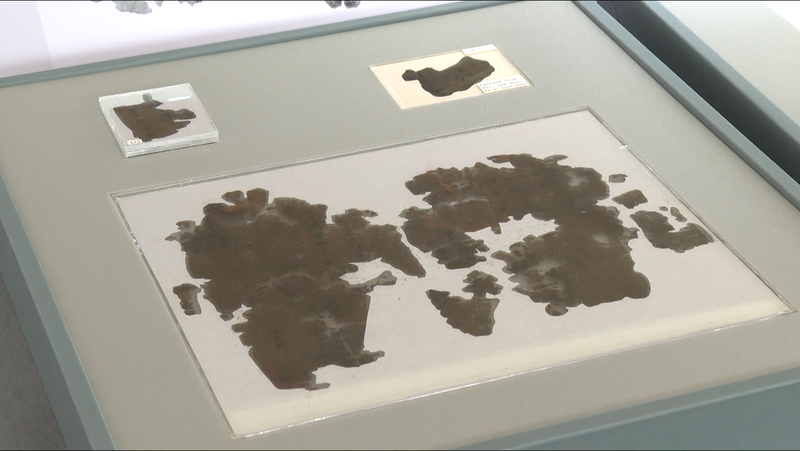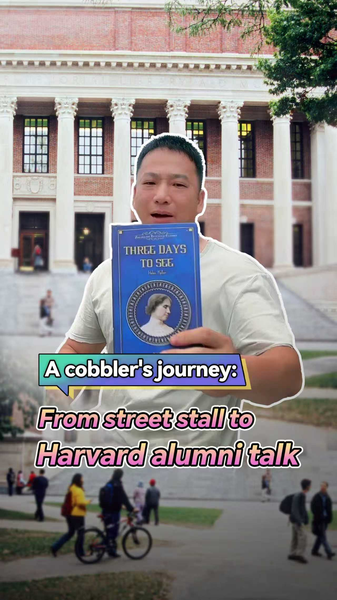For the first time in nearly eight decades, two rare volumes of the Zidanku Silk Manuscripts have made their way back to China. Their return marks a milestone in cultural heritage restitution and highlights the power of international cooperation.
Dated to the Warring States Period (475-221 BC), the texts – "Wuxing Ling" and "Gongshou Zhan" – were discovered in 1942 in a Chu tomb at the Zidanku site in Changsha. These silk scrolls lay hidden for centuries before being illegally taken to the United States in 1946.
After 79 years abroad, the manuscripts were formally handed over by the Smithsonian's National Museum of Asian Art to China's National Cultural Heritage Administration. They arrived in Beijing on May 18, completing a carefully negotiated return.
"The transfer followed several months of thoughtful discussion and continues the century-long partnership between the museum and Chinese cultural institutions," said Chase Robinson, Director of the National Museum of Asian Art.
As the earliest surviving Chinese silk texts, these manuscripts offer scholars a rare glimpse into ancient philosophy, art and writing techniques. Their new home at the Hunan Museum in central China will ensure they are preserved with cutting-edge conservation methods and made accessible for research.
This remarkable journey underscores the importance of protecting global heritage. For young global citizens, entrepreneurs, academics, and cultural enthusiasts, the Zidanku return story is a reminder that shared history bridges nations and enriches us all.
Reference(s):
Zidanku Silk Manuscripts return to China through Sino-US cooperation
cgtn.com




